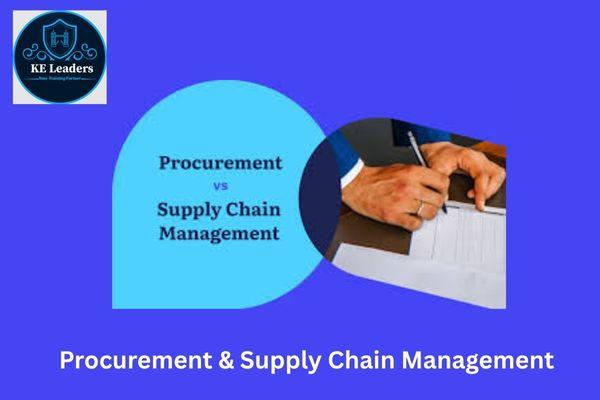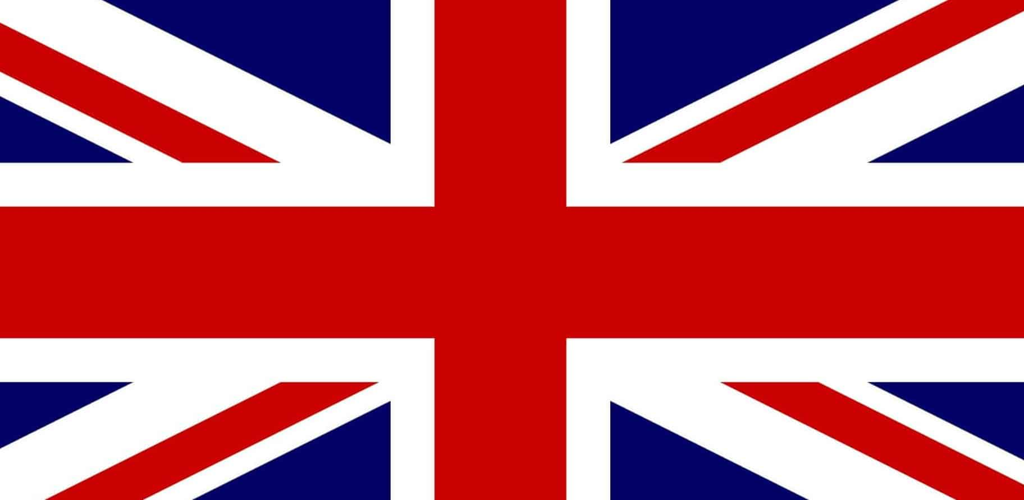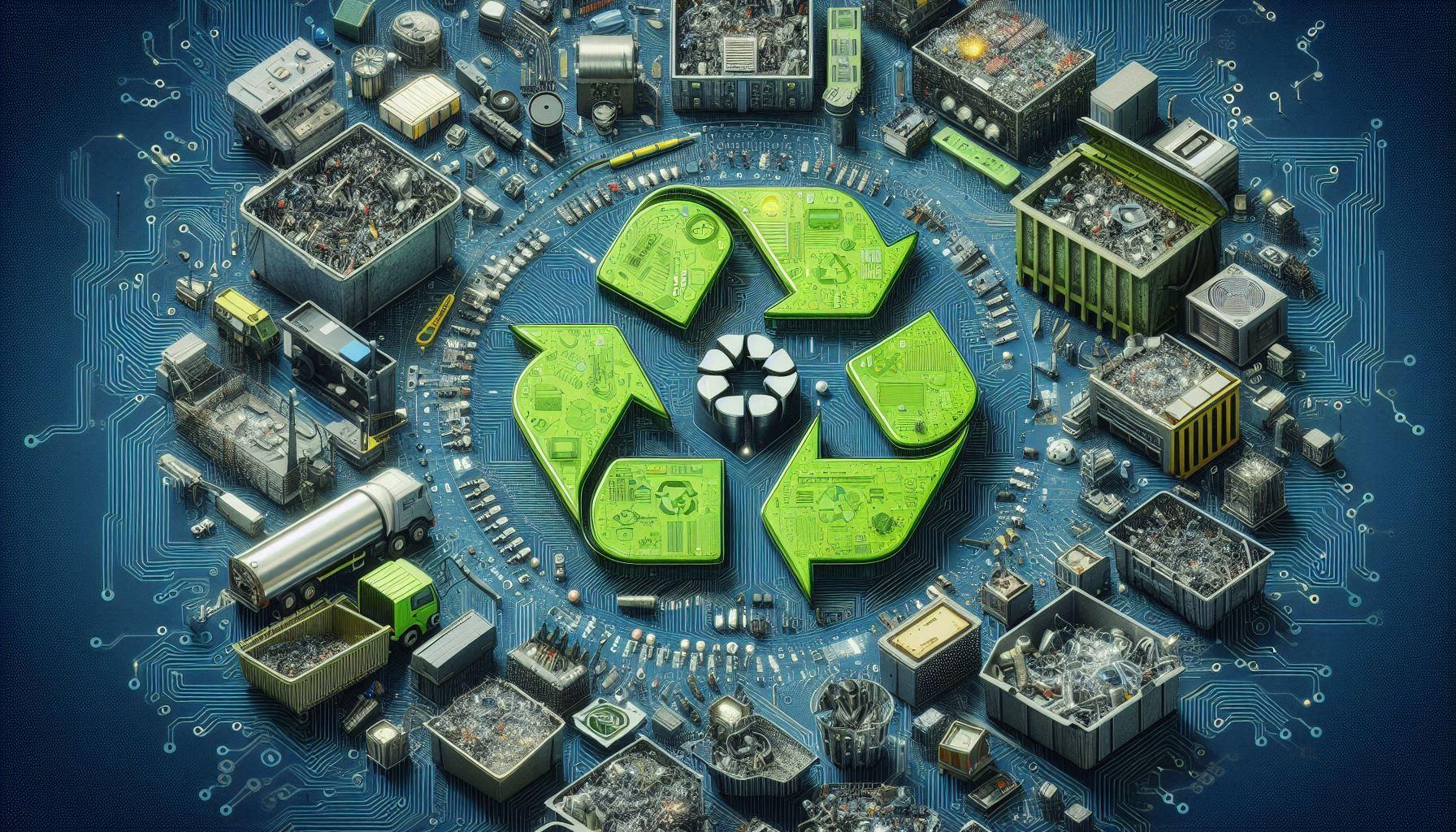Procurement vs Supply Chain Management: What’s the Real Difference?

Ever wondered why people use the terms procurement and supply chain management interchangeably—as if they’re twins separated at birth? You’re not alone. In boardrooms, classrooms, and even LinkedIn debates, professionals often blur the line between these two vital functions. Yet, while they share a close relationship, procurement and supply chain management serve distinct roles that, together, keep global businesses thriving.
If you’ve ever been curious about how these two powerhouse disciplines actually differ, or how they connect to form the backbone of modern trade, this guide is for you. Whether you’re a student, a working professional, or simply fascinated by how products move from factory floors to your doorstep, this breakdown will make the difference crystal clear.
Let’s start by understanding each one in its purest form before we connect the dots.
What Exactly Is Procurement?
Procurement is like the heartbeat of a company’s operations. It’s not just about buying things—it’s about strategically sourcing the right goods and services at the right price, quality, and time.
Think of procurement as the bridge between a company’s needs and the external world of suppliers. It involves identifying what’s needed, finding reliable vendors, negotiating prices, and ensuring that what’s delivered meets expectations.
In simpler words: procurement is the art of getting what a business needs—smartly.
The Core Functions of Procurement
Procurement typically involves three main stages:
-
Sourcing and Supplier Identification:
This stage is all about research and relationships. Procurement professionals scout the market for trustworthy suppliers, evaluate their capabilities, and choose partners who align with business goals. -
Negotiation and Contracting:
Once potential suppliers are identified, procurement specialists step into negotiation mode. They secure the best terms possible, considering not just cost, but also delivery timelines, warranty, and after-sales support. -
Purchasing and Delivery:
Finally, the actual purchasing process begins—placing orders, confirming delivery schedules, and ensuring the goods meet quality standards.
Beyond these stages, procurement professionals also handle compliance, ethical sourcing, and supplier performance management. It’s not just about spending money—it’s about spending it wisely.
The Broader Picture: What Is Supply Chain Management?
If procurement is one piece of the puzzle, supply chain management (SCM) is the whole picture. It covers everything from raw material sourcing to the final delivery of products to customers.
Imagine a symphony orchestra. Procurement is the violin section—crucial and distinct—but supply chain management is the entire orchestra: strings, percussion, winds, and the conductor coordinating them all. SCM ensures every component works harmoniously to meet customer demand efficiently and profitably.
The Key Elements of Supply Chain Management
Supply chain management typically includes the following major areas:
-
Planning: Forecasting demand and designing efficient logistics.
-
Procurement: Acquiring materials or services (yes, procurement is a part of SCM).
-
Production: Converting raw materials into finished goods.
-
Inventory Management: Balancing stock to meet demand without overspending.
-
Transportation and Logistics: Moving goods between suppliers, factories, and customers.
-
Distribution and Customer Service: Ensuring the final product reaches the customer on time and in perfect condition.
So, while procurement focuses mainly on buying right, SCM ensures everything flows right.
Procurement vs Supply Chain Management: The Real Difference
Let’s break this down clearly—because this is where most confusion happens.
|
Aspect |
Procurement |
Supply Chain Management |
|
Focus |
Acquiring goods and services |
Managing the entire flow from raw materials to customer delivery |
|
Scope |
Narrower (a component of SCM) |
Broader (includes procurement, logistics, production, etc.) |
|
Goal |
Cost efficiency, quality assurance, supplier reliability |
End-to-end efficiency, customer satisfaction, and profitability |
|
Timeframe |
Short to medium term |
Long-term strategic coordination |
|
Key Activities |
Sourcing, negotiation, purchasing |
Planning, manufacturing, transportation, delivery |
|
Role in Business |
Tactical and operational |
Strategic and integrative |
In short, procurement is about buying smart, while supply chain management is about running smooth.
How Procurement Fits Inside the Supply Chain?
Procurement plays a foundational role within the larger ecosystem of supply chain management. Without effective procurement, the entire supply chain can crumble.
Here’s how it works in practice:
-
Procurement identifies needs.
The company needs raw materials, packaging, or services. Procurement defines what, how much, and when. -
Procurement finds suppliers.
They research, compare, and select vendors who can deliver the right goods. -
Procurement ensures timely delivery.
This directly affects production schedules, warehouse planning, and logistics.
So, procurement feeds the supply chain. If procurement fails—say, a key supplier delays shipment or delivers poor-quality materials—the supply chain takes the hit.
A great procurement strategy, therefore, doesn’t just save money. It ensures continuity, stability, and trust across the supply chain.
The Strategic Overlap: Why People Confuse Them
The confusion between procurement and supply chain management often arises because modern companies have blurred organizational boundaries.
Procurement teams now use supply chain data for smarter decisions. Likewise, supply chain leaders rely on procurement insights to optimize global sourcing and supplier collaboration.
For example:
-
Procurement may choose a local supplier to reduce lead time—supporting the supply chain’s agility.
-
Supply chain managers might adjust logistics strategies based on procurement cost data.
In the age of digital transformation, the two roles are increasingly collaborative and data-driven. That’s why it’s common to see professionals specializing in both fields—or even job titles like “Procurement & Supply Chain Manager.”
You can explore a deeper understanding of both through Procurement & Supply Chain Management — where the synergy between purchasing power and operational flow truly shines.
How Technology Is Changing Both Worlds
Let’s be real: the digital revolution has completely transformed procurement and supply chain management.
Gone are the days of endless spreadsheets and faxed purchase orders. Now, AI, automation, and predictive analytics are streamlining how businesses operate from sourcing to delivery.
1. E-Procurement Systems
Modern procurement platforms allow teams to manage suppliers, track spending, and compare bids—all in real time. This boosts transparency, reduces manual errors, and cuts down negotiation time.
2. Supply Chain Visibility Tools
Advanced SCM software offers real-time tracking of goods across continents. Companies can monitor inventory, anticipate delays, and respond proactively to market fluctuations.
3. AI and Predictive Analytics
AI-powered tools are now helping predict demand, optimize routes, and even flag potential supplier risks before they happen. Procurement teams, too, use AI for spend analysis and supplier evaluation.
4. Sustainability and Ethics
Consumers are more conscious than ever about where their products come from. Companies now use digital tools to verify sustainable sourcing, ensure fair labor practices, and reduce carbon footprints.
Technology hasn’t just made procurement and supply chains faster—it’s made them smarter and more responsible.
Real-World Example: From Procurement to Delivery
Let’s make this more tangible with a simple story.
Imagine a clothing brand that wants to launch a new eco-friendly line of cotton T-shirts.
-
Procurement steps in to find suppliers who can provide organic cotton that meets ethical standards. They compare prices, negotiate terms, and secure contracts.
-
Once cotton is sourced, supply chain management takes over—planning the transportation of materials, coordinating with factories for production, and arranging distribution to stores or customers.
-
If procurement negotiates poor contracts, the supply chain could face higher costs or delays.
-
If the supply chain fails to manage logistics efficiently, even the best procurement deal can’t save the launch.
See how one depends on the other? It’s a dance of coordination, trust, and timing.
The Human Side: Why These Functions Matter Beyond Business
Behind every purchase order and shipping label, there are people—buyers, suppliers, drivers, planners, and customers. Procurement and supply chain management aren’t just technical processes; they’re human systems built on relationships and trust.
A procurement officer must understand human behavior—how suppliers think, what motivates them, and how to negotiate ethically.
A supply chain manager must grasp human needs—how to balance efficiency with empathy, ensuring workers are safe and customers are satisfied.
When done right, both fields create not just profits, but partnerships and progress.
Common Myths About Procurement and Supply Chain Management
Let’s clear up a few common misconceptions that often trip people up.
Myth #1: Procurement is Just Buying Stuff
Nope. Procurement is strategic. It involves analyzing markets, managing supplier relationships, and aligning purchases with company goals. It’s as much about brains as it is about budgets.
Myth #2: Supply Chain Management Ends After Delivery
Not at all. SCM continues even after the product reaches customers—it involves returns management, sustainability initiatives, and continuous improvement.
Myth #3: Procurement and Supply Chain Are the Same
They’re partners, not twins. Procurement focuses on inputs, while supply chain focuses on outputs. Together, they drive organizational success.
Career Paths in Procurement and Supply Chain
Both fields offer exciting opportunities for professionals who enjoy strategy, communication, and problem-solving.
-
Procurement Roles: Buyer, Sourcing Specialist, Category Manager, Procurement Analyst.
-
Supply Chain Roles: Logistics Coordinator, Inventory Planner, Operations Manager, Supply Chain Director.
The two areas often overlap, and skills are transferable—negotiation, analytics, and project management are valuable in both domains.
If you’re looking to future-proof your career, understanding both areas gives you an edge. After all, global trade isn’t slowing down anytime soon.
FAQs
Q1: Can a company operate without a procurement department?
Technically yes, but it’s risky. Without structured procurement, companies can overspend, fall for unreliable suppliers, or face compliance issues.
Q2: Which is more important: procurement or supply chain management?
Neither stands above the other—they’re interconnected. Procurement secures inputs, while SCM ensures everything flows efficiently toward the end customer.
Q3: Are procurement jobs becoming automated?
Some repetitive tasks are, yes. But negotiation, relationship management, and strategic sourcing still require a human touch.
For a deeper look into how both functions collaborate, visit Procurement & Supply Chain Management and explore their evolving dynamics in today’s global economy.
Final Verdict
At the heart of it all, procurement and supply chain management are two halves of one powerful engine. Procurement brings in the resources; supply chain management transforms them into results. Together, they keep the wheels of commerce turning smoothly—from supplier handshake to customer doorstep.
Whether you’re analyzing global logistics or negotiating supplier contracts, remember: success lies not just in efficiency, but in collaboration.
And if you’re someone who values smart strategies, ethical practices, and long-term growth, ke-leaders offers a world of insight into how these disciplines shape the future of responsible business.





